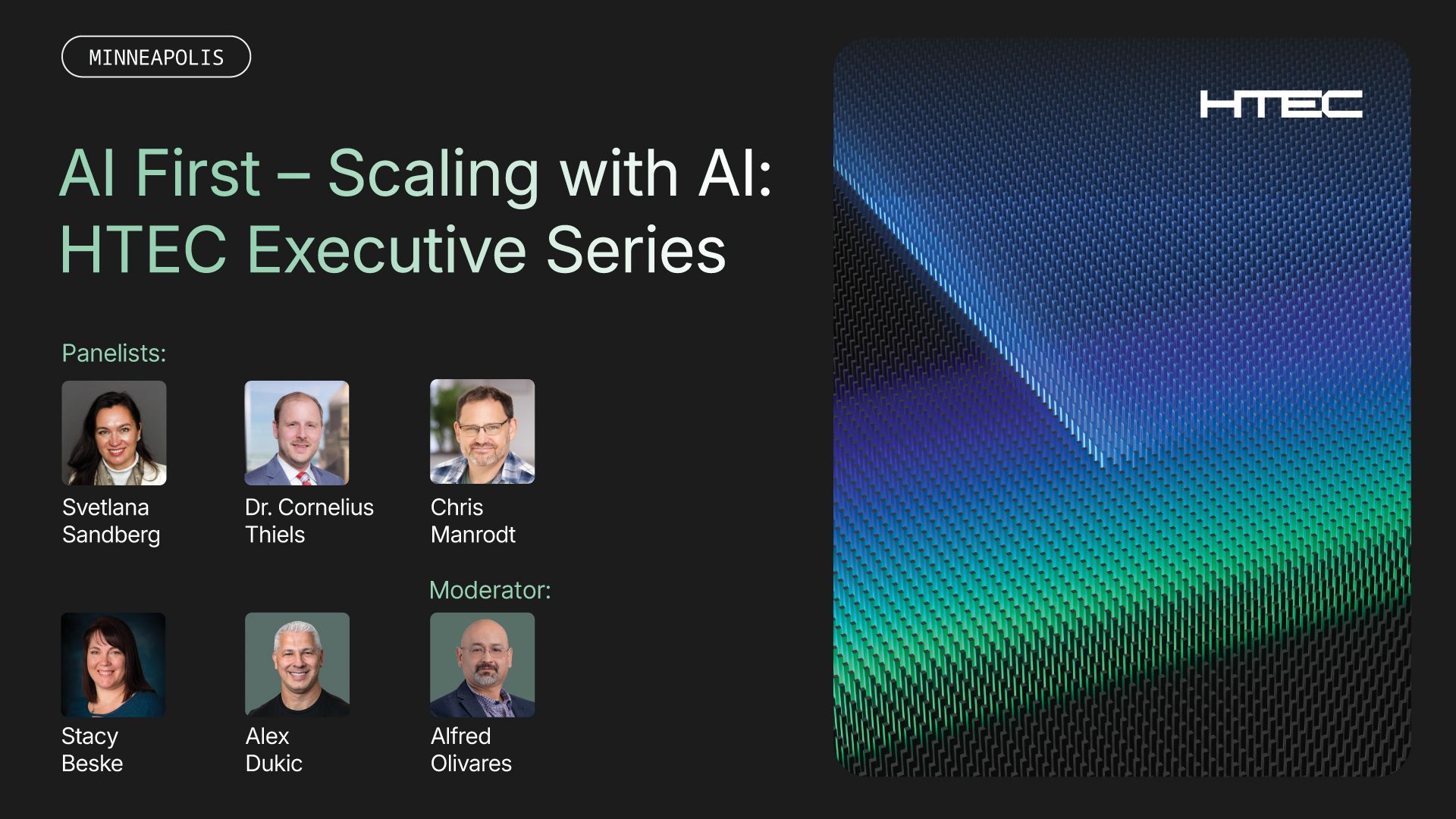With artificial intelligence (AI) increasingly permeating today’s business landscape and people’s everyday lives, it’s no surprise that the world of software development is also undergoing a significant transformation. AI code generators are at the forefront of this change, offering new ways to enhance productivity, streamline workflows, and accelerate the software development life cycle. Recent research has shown that 92% of U.S.-based developers are already using AI coding tools both in and outside of work. Still, like any technological advancement, these new tools must undergo careful examination, weighing their obvious benefits against potential risks. Here, we’ll provide the pros and cons of integrating AI code generators into your technology stack.
What are AI code generators?
AI code generators are software applications that provide automated assistance in creating, debugging, and improving code. These tools leverage machine learning (ML) and AI to help developers analyze and improve code and generate boilerplate code, database schemas, configuration files, tests, and documentation. They are particularly useful for quickly generating prototypes based on high-level descriptions, allowing developers to experiment with ideas and iterate faster.
In AI code generators, ML plays a fundamental role in understanding and processing natural language inputs, analyzing code patterns, and generating code that aligns with the developer’s intent. By analyzing the context provided by the developer and the patterns learned from training data, ML models can generate code snippets, functions, or even entire modules. Next, we’ll analyze the benefits and pitfalls of using code generated by these applications.
What are the benefits of AI code generators?
With every new technology, it’s important to assess what is hype and what are the real benefits and results that can be reasonably expected. Below, we outline some of the greatest benefits of using AI code generators.
Increased productivity
AI code generators can produce boilerplate code and automate repetitive tasks quickly, freeing developers to focus on the more complex and creative aspects of development. In addition, these tools generate templates for commonly used design patterns and frameworks. This way, developers don’t need to start from scratch and can instead customize and extend AI-generated templates to accelerate development and boost productivity.
Streamlined debugging
Another significant advantage of using AI-assisted coding tools is faster and more efficient debugging. AI code generators have features that flag common coding errors and bugs during the code generation process. This greatly reduces the number of errors and bugs that make it into the code, saving developers and quality assurance (QA) engineers significant time. In addition, these tools produce code with consistent patterns and style, often including detailed comments and documentation within the code. Code consistency and documentation can help developers understand the logic and structure of the code, making it easier to detect and fix bugs.
Scalability
AI code generators enhance scalability by enforcing standards and automatically implementing suitable patterns, thus generating performance-optimized code. Moreover, these tools excel at maintaining a consistent codebase by adhering to predefined industry standards and best coding practices. This is especially important when dealing with large codebases in projects that involve multiple developers. The use of AI generators establishes a unified code style, facilitating collaboration and making code easier to read and understand across the code base. In turn, the consistency provided by AI tools simplifies code reviews and future enhancements.
The cons of using AI generators
Although the advantages outlined above might sound alluring, prior to integrating AI-assisted coding tools into their tech stack, companies should consider all risks and downsides associated with their use. Here are some of the major ones:
Legal issues
One of the main concerns related to using AI code generators is the uncertainty in how these tools address regulatory, privacy, and security standards around generated code and user data. A key concern is whether the output could contain non-permissive code, i.e., open-source code that is licensed under restrictive terms, which limits how the code can be used, modified, or distributed. For non-permissive code, there is also an obligation to maintain openness and share any derivative works under the same terms applied to the original code. Similarly, AI-generated output introduces proprietary code concerns, where users must adhere to the terms set by the owner. Also, most AI generators do not offer legal support in case of disputes. This means that incautious use can incur significant legal and reputational costs, which may outweigh the benefits of increased productivity and faster outputs.
Inadequate security practices
By using AI coding tools, developers might expose sensitive and confidential data to security risks. In addition, during the training process, where AI coding tools are fed vast datasets to learn and improve their code generation capabilities, cybercriminals may infect the models with harmful code. This can lead to AI tools generating malicious code, exposing organizations to a range of very serious consequences, such as data theft, malware propagation across networks and devices, and reputational damage.
Overreliance and skill erosion
While very useful to complement solid coding skills, overreliance on AI generators, especially by less experienced developers, can lead to a decrease in critical thinking and problem-solving skills. As mentioned, these generators are very effective for repetitive, pattern-based tasks but might not be up to par with more complex tasks that require high creativity levels — such as fine-tuned algorithm optimization or adequate encapsulation of specific parts of code. Also, since AI-generated code may contain errors, bugs, or inefficiencies, staying up to date with the latest coding standards and best practices is crucial for validating the accuracy of the generated code.
For this reason, these tools are better suited for more experienced developers, who can better understand, review, and validate AI-generated code.
Finding the middle ground
The key to successfully integrating AI coding tools into an organization’s technology infrastructure is to thoroughly evaluate their benefits and risks and find ways to mitigate the latter effectively. Today’s market offers various solutions in this domain, and choosing the right tool highly depends on the organization’s intended use case. Effectively assessing a tool’s security and compliance levels, code generation and review capabilities, and model transparency requires detailed analysis by an organization’s technology experts — developers, QA engineers, data and AI experts, and SecOps professionals.
HTEC has a dedicated team of the most senior technology experts called the Tech Excellence Office (TEO), helping the company stay ahead of the curve in the rapidly evolving tech landscape. They continually assess new technologies through research and development and similar initiatives.
TEO is currently preparing a comprehensive report analyzing the main AI code generators currently available on the market. Stay tuned to find out what these AI coding tools can and cannot do, how to use them responsibly, and which of them your organization should consider using based on your unique needs. In the meantime, learn more about how we can make your business thrive by combining state-of-the-art technology and cross-industry, multi-domain expertise.





